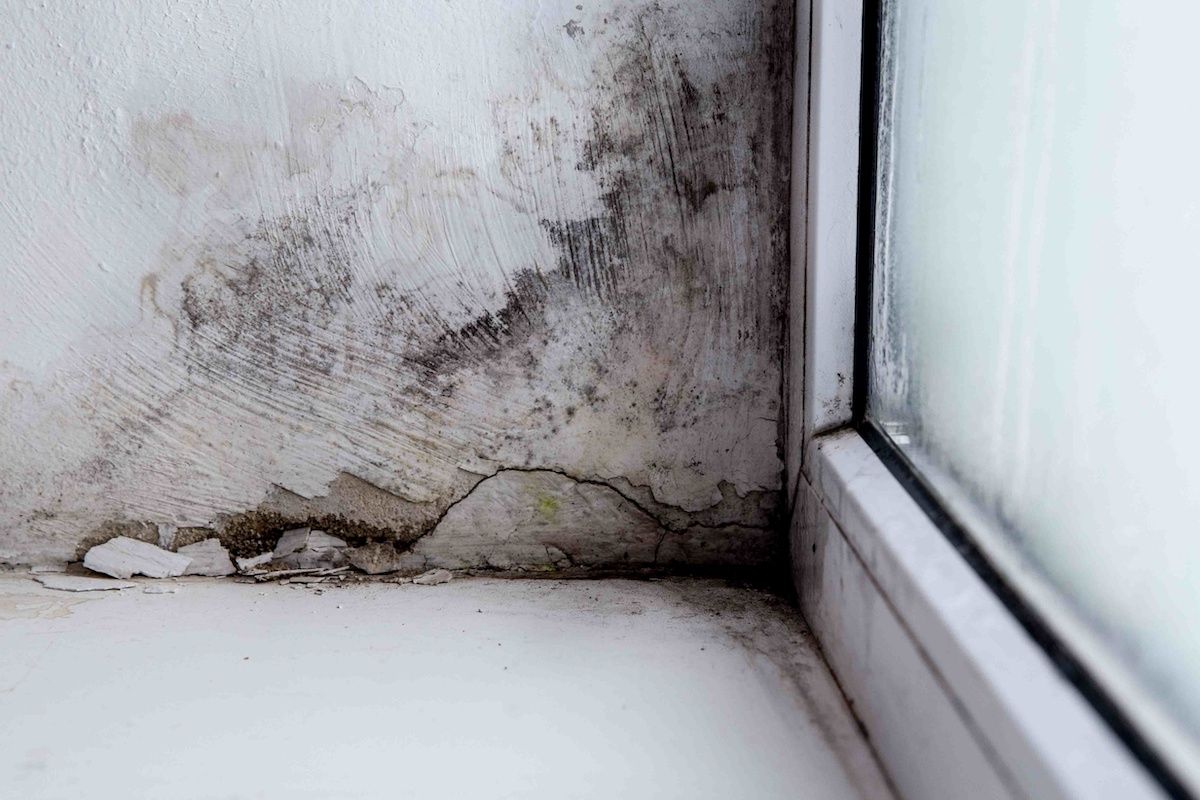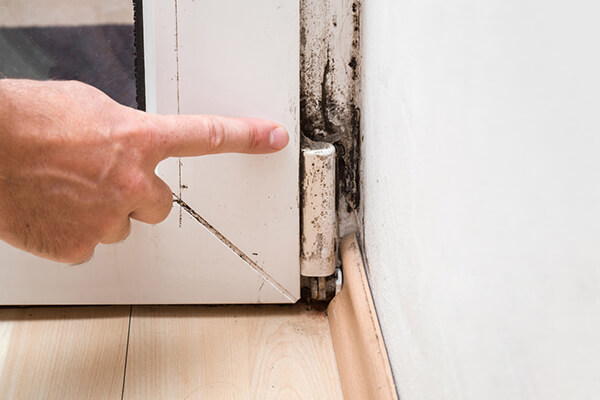Accessing Neighborhood Post Remediation Mold Testing Near Me
Accessing Neighborhood Post Remediation Mold Testing Near Me
Blog Article
Specialist Tips for Post Mold And Mildew Remediation Success
In the world of mold and mildew removal, successfully removing mold is just half the battle; truth challenge depends on avoiding its reappearance. Post-remediation initiatives play a vital duty in making certain a mold-free environment in the long-term. By sticking to experienced pointers and best practices, individuals can protect their spaces against mold and mildew resurgence and keep a healthy indoor environment. It is in this stage of the remediation process that attention to detail and proactive steps really make a difference.
Display Humidity Levels Routinely
Routine surveillance of humidity levels is necessary in guaranteeing the efficiency of message mold and mildew remediation efforts. After completing mold and mildew removal treatments, preserving optimal moisture degrees is essential to stop mold re-growth and make certain a healthy and balanced indoor setting. Tracking moisture levels permits early discovery of any spikes or fluctuations that can possibly bring about mold rebirth. High humidity levels above 60% create a helpful environment for mold to thrive, making routine keeping track of a positive measure to stop any type of future mold and mildew concerns - testing air quality after mold remediation.
In addition, developing a routine timetable for humidity checks, especially in risky areas such as kitchens, shower rooms, and basements, is an aggressive technique to mold avoidance. By continually keeping track of humidity levels, property owners can properly alleviate the danger of mold and mildew reoccurrence and maintain a healthy and balanced indoor setting post-remediation.
Conduct Thorough Inspections Post-Remediation
Complying with the conclusion of mold remediation treatments, it is critical to carry out thorough inspections to validate the efficiency of the removal procedure. These post-remediation assessments are essential in making sure that the mold problem has been successfully dealt with which there is no reappearance or staying mold and mildew development. Inspections need to be accomplished by qualified experts that have competence in determining mold and mildew and analyzing indoor air high quality.
During these examinations, various methods such as visual assessments, air tasting, and surface tasting might be used to thoroughly evaluate the remediated areas. Aesthetic analyses entail a detailed evaluation of the properties to look for any visible indicators of mold and mildew development or water damages. Air sampling helps in determining the airborne mold spore degrees, while surface sampling can discover mold particles on surfaces.
Implement Appropriate Air Flow Strategies
After guaranteeing the efficiency of the mold and mildew remediation process with detailed examinations, the following vital step is to concentrate on applying appropriate ventilation techniques. Sufficient air flow is vital in stopping mold and mildew reoccurrence by controlling moisture levels and promoting air blood circulation. To achieve this, it is suggested to make use of exhaust followers in areas susceptible to high humidity, such as restrooms Visit Your URL and kitchens. Additionally, opening up doors and windows when climate permits can help boost air flow and lower moisture accumulation. Air cleansers and dehumidifiers are also beneficial tools in maintaining optimum indoor air top quality.
Appropriate ventilation not just help in stopping mold and mildew development but likewise contributes to the general health and convenience of residents. By making certain sufficient ventilation throughout the property, you can reduce the risk of mold regrowth and create a healthier living setting.

Usage Mold-Resistant Products for Repair Works
To improve the long-term effectiveness of mold and mildew removal efforts, including mold-resistant products for fixings is critical in minimizing the risk of future mold development. Mold-resistant products are developed to withstand dampness and hinder mold growth, making them a necessary option for locations susceptible to moisture and humidity. When fixing areas influenced by mold, using products such as mold-resistant drywall, mold-resistant paints, and mold-resistant caulking can help prevent mold and mildew reoccurrence.
Mold-resistant drywall is an excellent choice to typical drywall in areas like washrooms and basements where dampness degrees are higher. This kind of drywall has an unique coating that withstands mold growth also when exposed to damp conditions. In addition, making use of mold-resistant paints having antimicrobial representatives can even more inhibit mold and mildew development on walls and ceilings.
In locations where wetness is common, such as bathroom and kitchens, making use of mold-resistant caulking around sinks, home windows, and tubs can help seal out water and avoid mold and mildew from holding in fractures and holes. By look these up investing in these mold-resistant materials during repair work post-remediation, you can substantially lower the likelihood of future mold issues and maintain a healthier interior setting.
Maintain Sanitation and Address Water Issues
After mold and mildew remediation, it is critical to preserve a tidy environment to avoid the regrowth of mold and mildew. Leakages, water intrusion, or high moisture degrees can develop the ideal reproduction ground for mold and mildew, so it is crucial to deal with any water-related issues instantly.
To preserve sanitation, take into consideration using HEPA filters image source in vacuums and air purifiers to trap mold spores and stop their flow airborne. Making sure correct air flow in locations susceptible to moisture build-up, such as washrooms and kitchens, can assist maintain moisture levels in check. By staying watchful regarding tidiness and dealing with water issues without delay, you can effectively stop mold and mildew reinfestation and keep a healthy interior atmosphere.
Final Thought

In the world of mold and mildew remediation, successfully removing mold and mildew is just half the battle; the real obstacle lies in preventing its reappearance. After completing mold and mildew remediation procedures, preserving ideal moisture levels is vital to protect against mold re-growth and make certain a healthy indoor environment. High humidity degrees over 60% develop a helpful setting for mold to prosper, making normal monitoring a proactive procedure to protect against any kind of future mold and mildew concerns.
To enhance the long-lasting effectiveness of mold remediation efforts, including mold-resistant products for fixings is critical in minimizing the risk of future mold growth. After mold and mildew removal, it is critical to maintain a tidy atmosphere to avoid the regrowth of mold.
Report this page